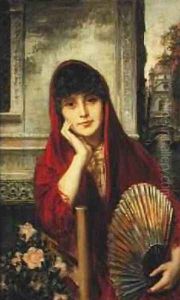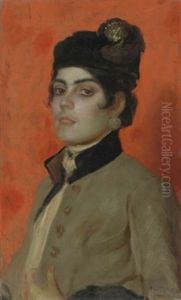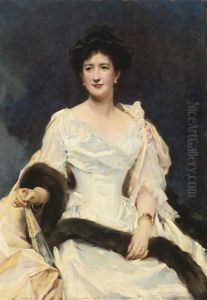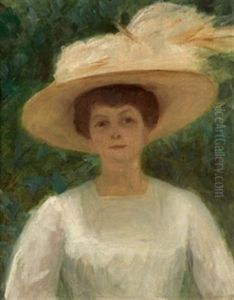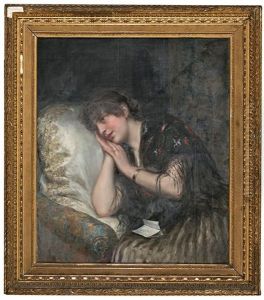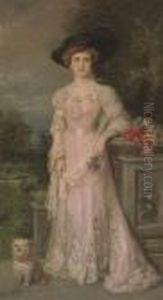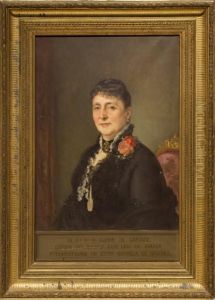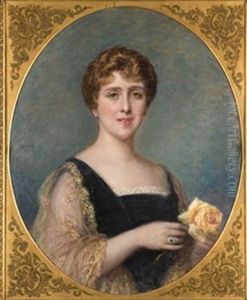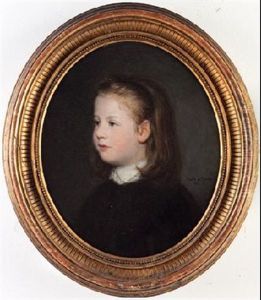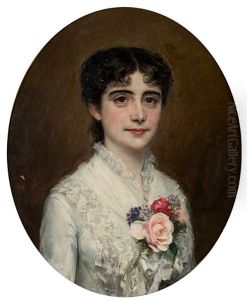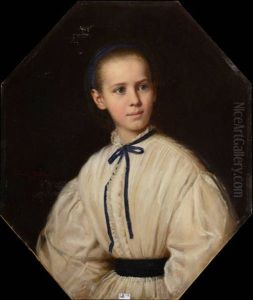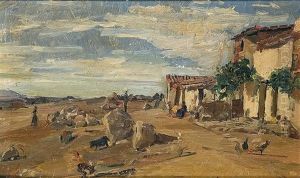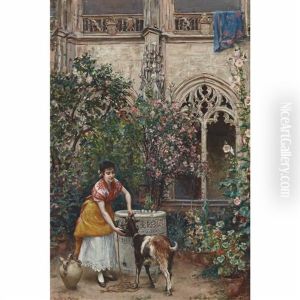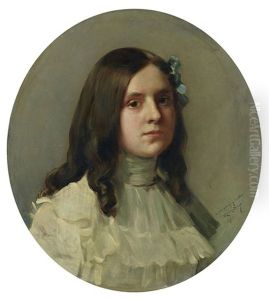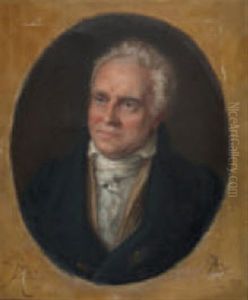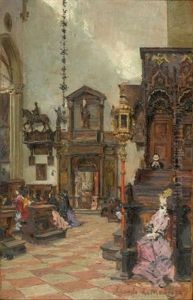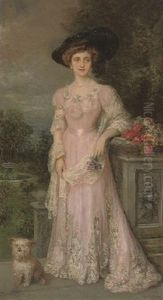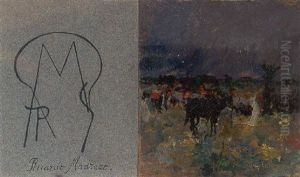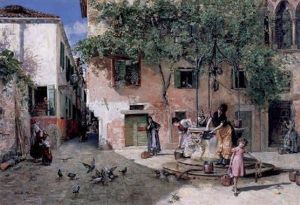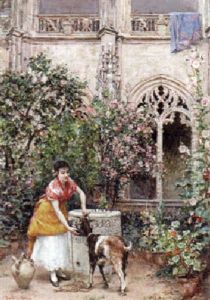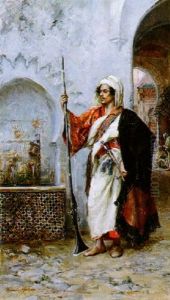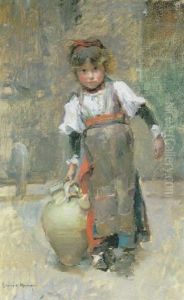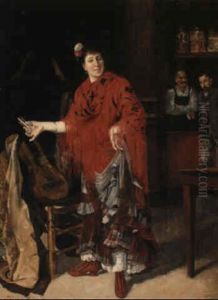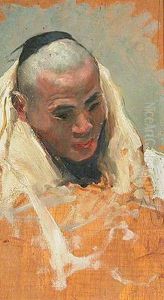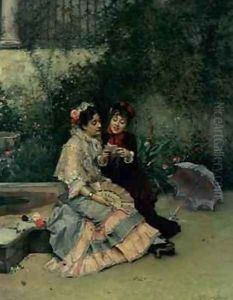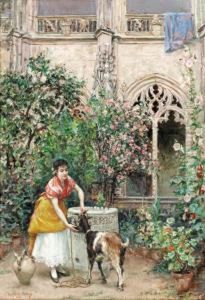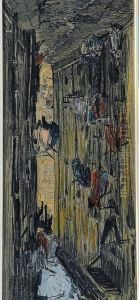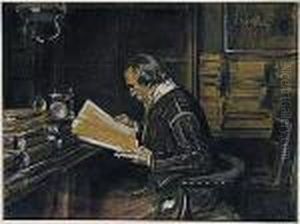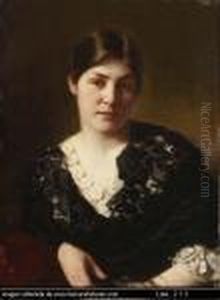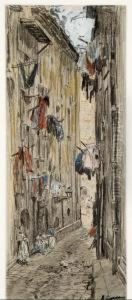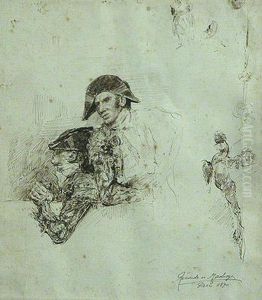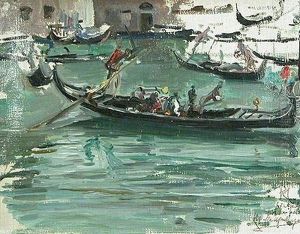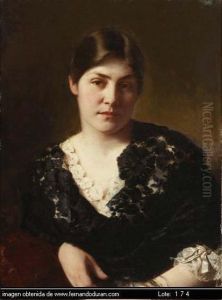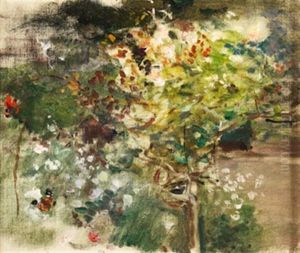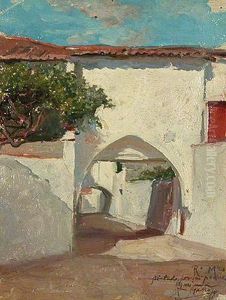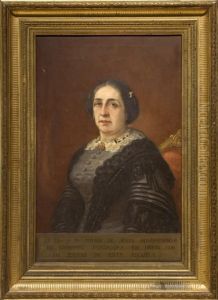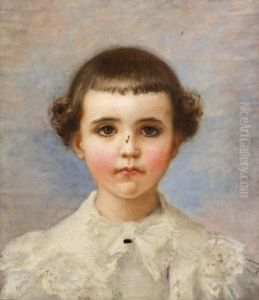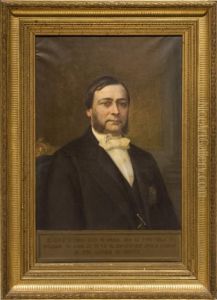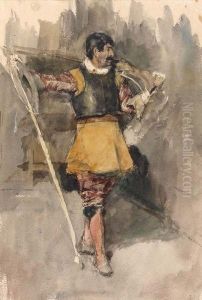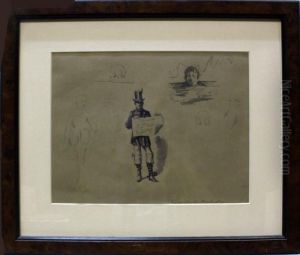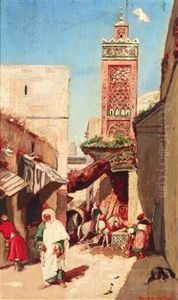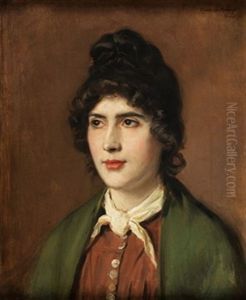Ricardo de Madrazo y Garreta Paintings
Ricardo de Madrazo y Garreta was a prolific Spanish painter known for his portraits, historical subjects, and orientalist themes. Born on February 7, 1852, in Madrid, Spain, he was part of the Madrazo family, which was renowned for its artistic heritage; his father, Federico de Madrazo, was a famous portrait painter and the director of the Prado Museum, while his brother, Raimundo de Madrazo, also gained fame as an artist.
Ricardo's training began under the tutelage of his father and continued at the Real Academia de Bellas Artes de San Fernando in Madrid. Later, he expanded his education by moving to Paris, where he studied under Léon Bonnat, a highly regarded French painter known for his influence on the young Spanish artists who would later form the backbone of the Belle Époque art scene.
During his time in Paris, Ricardo de Madrazo became part of the cosmopolitan art world, mingling with the likes of Mariano Fortuny and his brother Raimundo. He was influenced by the orientalist trend, which was popular among European artists of the time, and produced works that depicted exotic and romanticized views of the Middle East and North Africa.
Madrazo's paintings were celebrated for their elegant execution, vibrant colors, and attention to detail. He exhibited his work in major art centers, including Paris, Madrid, and across Europe, gaining recognition and accolades for his artistic contributions. His portraits were particularly admired for their sophistication and their ability to capture the character and social status of the sitters.
Ricardo de Madrazo y Garreta's work was not limited to painting; he also created illustrations for books and periodicals, which helped to spread his reputation. Throughout his career, he maintained a close relationship with the art circles in Spain and France, and his work reflected the cross-cultural influences that he absorbed during his life.
He passed away on October 18, 1917, in Madrid. Today, Ricardo de Madrazo y Garreta's works are part of important collections in both Spain and abroad, and he is remembered as a key figure in the art world of the late 19th and early 20th centuries, embodying the elegance and eclectic tastes of the period.
